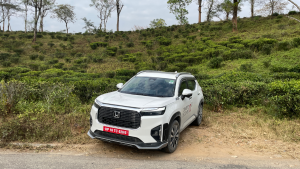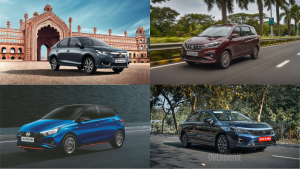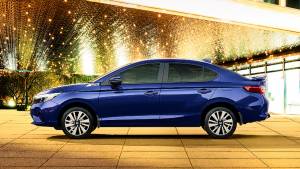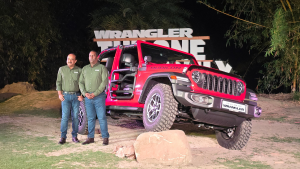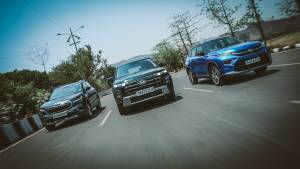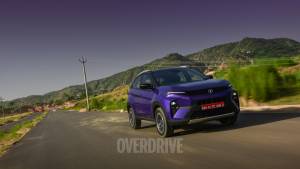Testing the road-testing waters
When you think of a Honda City buyer, you more often than not think of a sensible family oriented person or a young adult doing well for himself. So, when we were out comparing the Honda City to the Hyundai Verna and the new Toyota Yaris, this was the target audience we kept in mind while coming to conclusions.
But my first experience with cars being road-tested at OVERDRIVE went much deeper than expected. The general idea is that auto journalists spend a lot of time going very quickly and the rest of the time talking about how quickly they went. But that is just one aspect of the entire process, and in this particular case, not the most important bit.
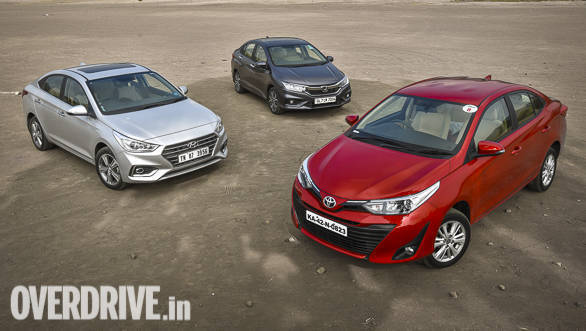 The styling of the Toyota Yaris is 'safe', just like most other cars from the Japanese manufacturer. The Hyundai Verna is the most dynamic and aggressive looking of the lot, while the current generation Honda City looks good thanks to the facelift it got last year, despite being five years old originally
The styling of the Toyota Yaris is 'safe', just like most other cars from the Japanese manufacturer. The Hyundai Verna is the most dynamic and aggressive looking of the lot, while the current generation Honda City looks good thanks to the facelift it got last year, despite being five years old originally
The process is very scientific when it comes to confirming data like acceleration, braking, fuel economy and so on. As an example, for the fuel economy run, the cars were filled up to the brim with fuel, driven within certain parameters on the highway and then refuelled again. The distance covered was then divided by the fuel consumption to obtain a figure far more accurate than what the car's trip computer was showing. The same process was repeated in the city for the city fuel economy figure.
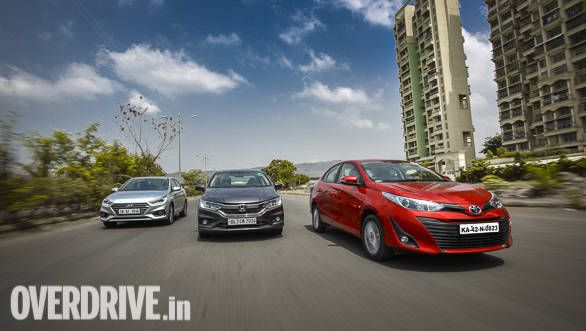
But of far more interest to me was the way in which road testers think while testing cars. My more experienced colleagues were better able to evaluate how the car felt and also expressed it clearly. They could isolate Verna's high-speed jitteriness to its over-assisted steering. I felt the same sensation but put it down to a less than ideal suspension set-up, when in fact the suspension is completely fine.
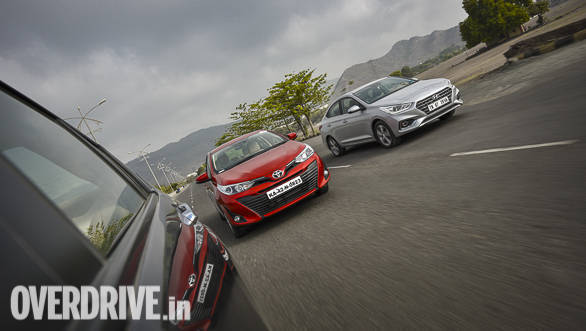
Another learning curve for me was to look at the cars unbiasedly as a tester. The three cars being tested were heavily family oriented but I was looking at them more from the perspective of an enthusiast. These cars weren't making the cut that way obviously. But it was a completely different story when I started paying attention to their other attributes like rear space, efficiency and feature list. Further, I also found that it was important to be conscious of your own driving style and use the cars in the smoothest, least abrasive manner while testing. This reduces the chances of you misinterpreting the car and allows you to provide information that is useful to a larger section of readers.
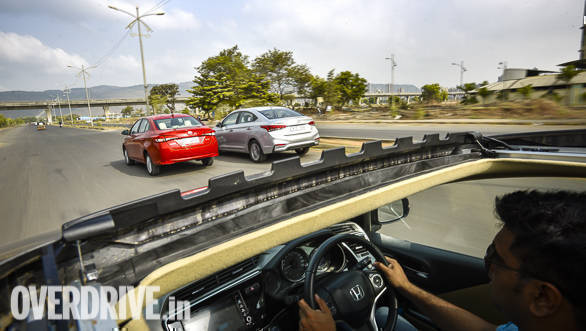
The idea is not just to wring every drop of performance out of the cars, but explore various facets with a well-thought-out plan. Winners aren't just randomly picked on whims either. A discussion follows every test where everyone puts forth their observations category-wise, covering everything from looks, the interiors, driving dynamics, comfort and so on.
But more than anything else, like any good piece of writing, the underlying thought is to simply pass on one's ideas as simply as possible to the reader.
Read our Toyota Yaris MT vs Honda City MT vs Hyundai Verna MT comparison test here
Starts Rs 10.9 Lakhs
1497cc
Manual
100
145
17.8 Kmpl
Starts Rs 9.31 Lakhs
1493cc
Automatic
115
250
-NA-
Starts Rs 9.29 Lakhs
1496cc
Automatic
107
140
17.8 Kmpl
